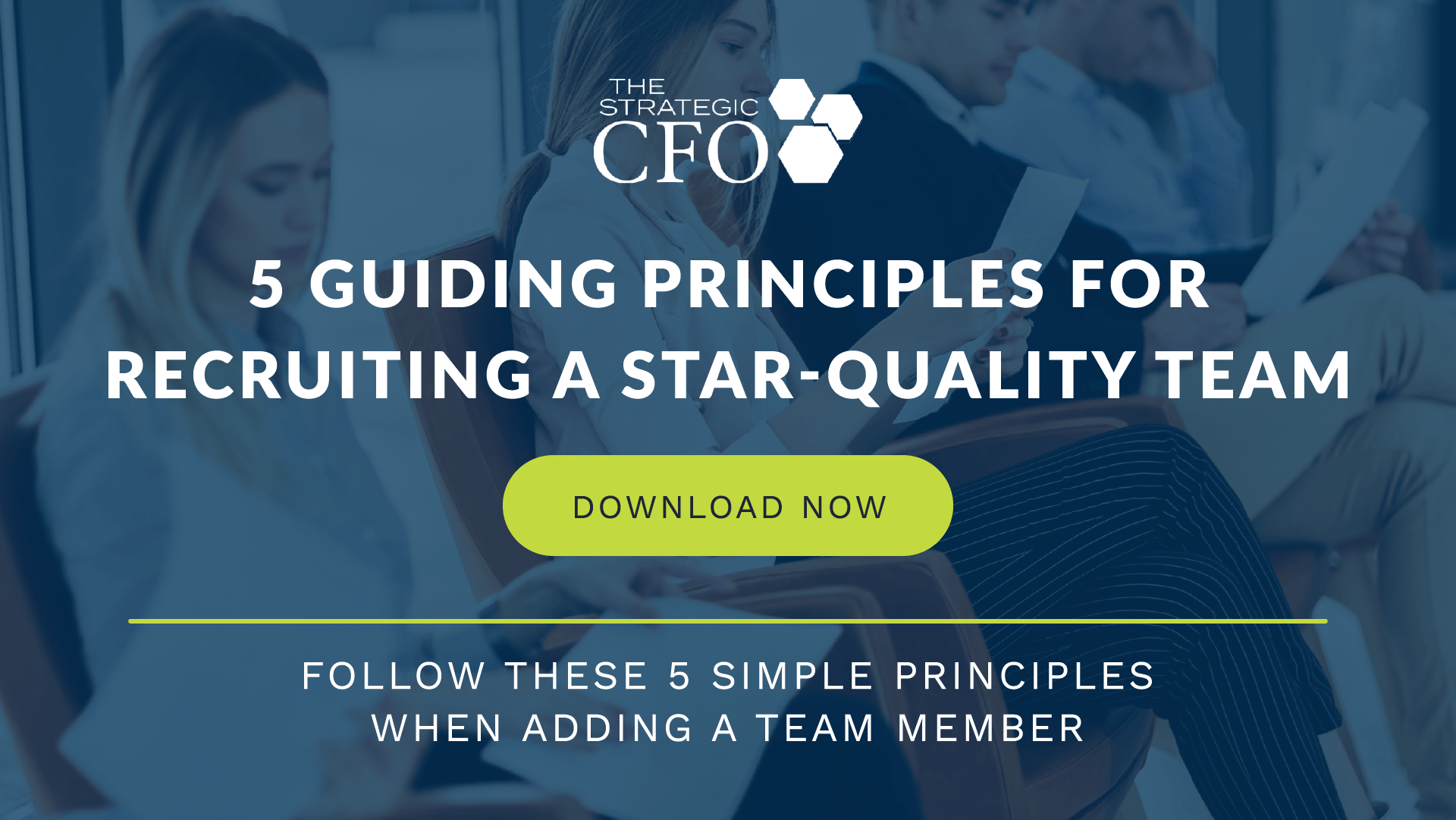“In an economy where 70% to 80% of market value comes from hard-to-assess intangible assets such as brand equity, intellectual capital, and goodwill, organizations are especially vulnerable to anything that damages their reputations” (Harvard Business Review). Last week, I had a conversation with one of my coaching participants, Dory. Dory’s company is trying to make a lot of changes. Changes that as a financial leader just doesn’t make sense. It involves repositioning the business. It requires new marketing, new branding, new value, new culture, new staff… It’s an entirely new brand! However, the leadership fails to see how making this large of a shift will not only change the brand, but it will also risk destroying the firm’s reputation. In this week’s blog, we are discussing about protecting your brand and reputation.
[box] With 70-80% of value stemming from intangible assets – such as your brand and reputation – it’s important to know what your company’s strengths and weaknesses are. Start enhancing those strengths (and resolving those weaknesses) with our Internal Analysis whitepaper. [/box]
Protecting Your Brand And Reputation
In today’s world, protecting your brand and reputation should be a priority because it can be destroyed with one social media post. In a WSJ article, Keri Calagna, principal at Deloitte & Touche LLP and leader of Deloitte Advisory’s brand and reputation management services, says that, “brand and reputation are complex, difficult to measure, hard to predict—often a result of strategic and operational decisions—and influenced by factors outside of an organization’s direct control.” But there are things that you can do as an organization not to further diminish value potential.

Brand Definition
Business Dictionary defines brand as a “unique design, sign, symbol, words, or a combination of these, employed in creating an image that identifies a product and differentiates it from its competitors.” Over time, a brand becomes the face of the company, something that customers recognize, and conveys the value of the product/service. It is your Image. For example, Coca-Cola is historically seen as the #1 soda producer over Pepsi. Coca-Cola’s branding efforts have created a culture and a value among consumers.
Brand equity can go either way – positively or negatively. For example, influencers, bloggers, neighbors, friends, and family have recommended Product A to you. As a result, you are most likely going to buy Product A and any other product you need from that company. Then, you come across Product B. Product B has been known for its poor quality and is generally not as effective as Product A. Product A has positive brand equity, whereas Product B has negative brand equity. As a result, Product A has a lot more wiggle room to make mistakes than Product B.
[box] Take inventory of your company. What does your company do well at? What weaknesses does it struggle with? Click here to access our Internal Analysis to take a complete inventory of your company. [/box]
Reputation Definition
Cambridge defines reputation as “the opinion that people in general have about someone or something, or how much respect or admiration someone or something receives, based on past behavior or character.” In other words, the reputation is how customers perceive your company versus how they recognize your company.
![Protecting Your Brand And Reputation, Protecting Your Intangible Assets]() Align Strategic Decisions With Brand
Align Strategic Decisions With Brand
One method to protect your brand and reputation is to align it with strategic decisions and overall strategy. For example, a company makes a decision without factoring in its brand. Customers and potential customers do not agree with the decision make because it changes X, Y, and Z. We have seen companies destroy themselves because they do not consider all factors before making changes to their brand.
Know Where Breakdowns Occur
Generally speaking, any breakdowns in your company will have to do with your human capital. If there is a misalignment with the actual company culture (not just what you perceive) and the brand, then your team will not be able to successfully deliver what the brand promises. Educate your employees on the brand. Fix issues within your team before it’s vastly different than the brand you are putting out there.
Protecting Your Intangible Assets
In the end, brand and reputation are intangible assets that your company needs to care about. It impacts value potential and the bottom line. Instead of managing crises, let’s look at how to manage risks and consequently, protect your intangible assets.
How does a company protect its intangible assets? Protecting your intangible assets starts with knowing what they are. What is your company known for? Why do customers choose you over a competitor?
Then start to identify what could change those answers. Is it government regulations that will change your product? What about material changes?
Finally, package what your intangible assets are and what influences them. Manage any risk threatening those assets.
How Your Brand And Reputation Impacts the Bottom Line
Before you go about making any changes to your brand, look internally at what is reliant on that intangible asset. In my first example, Dory’s leadership was not looking at how the employees, customers, vendors, investors, etc. were tied and attached to the brand. If her company made the change they wanted to, the company would lose its employees, customers, vendors, and investors. Sometimes, the brand is the thing that has made you so successful. If you are protecting your brand and reputation from potential changes, then take a look at our free Internal Analysis whitepaper. This will help you get a high level view of what impacts what.

 Align Strategic Decisions With Brand
Align Strategic Decisions With Brand











